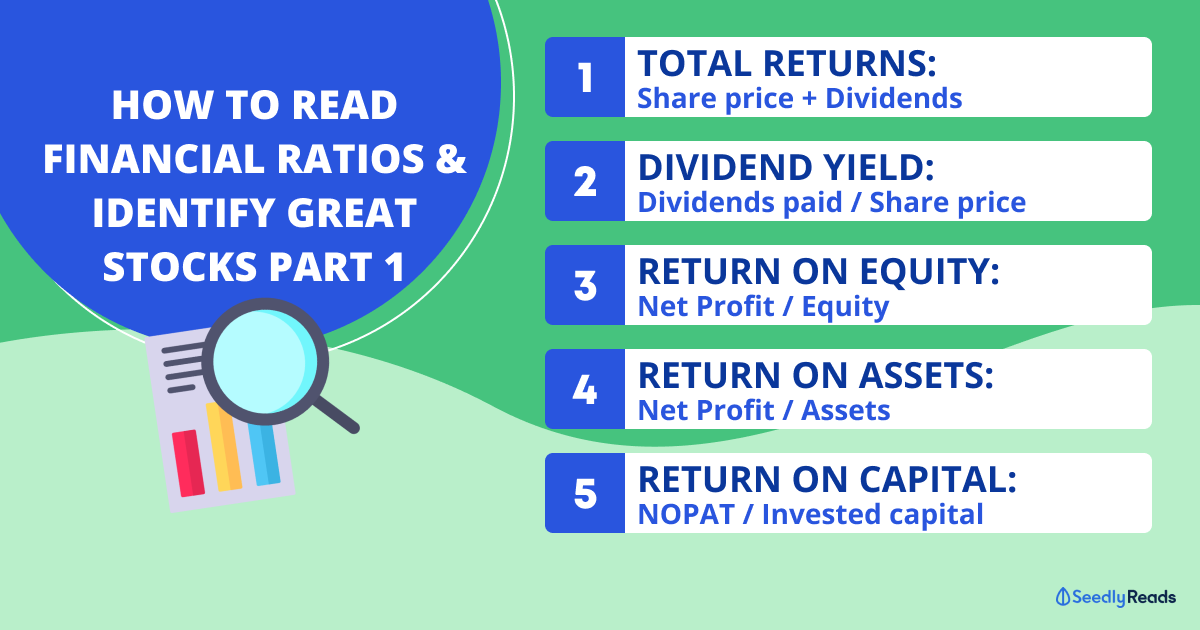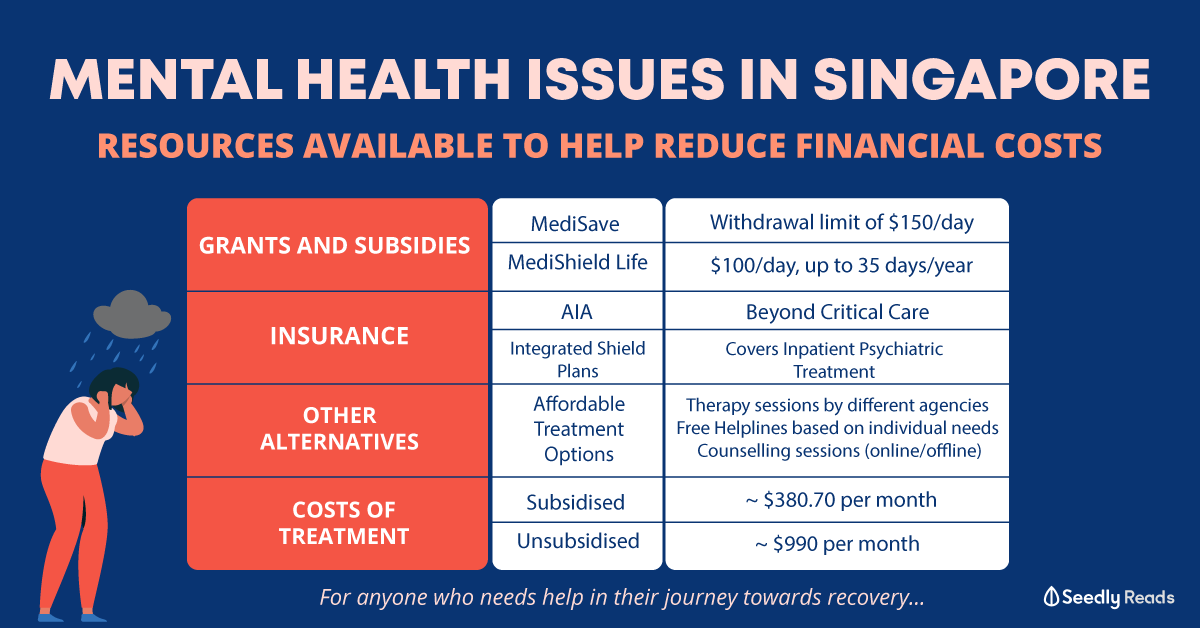Hi David,
This is a good question. Just to define it properly, i will assume that you are looking to invest into public equities listed on stock exchanges, and that you would like to be able to read their financial statements. For example, for companies listed in the U.S., they would normally be required to submit 10-K forms every year to the SEC - you can find all such forms on the company’s Investor Relations page. Since i’m pretty much an Apple fanboy, we’ll use Apple as an example below. You can find more information from Apple’s Investor Relations page (https://investor.apple.com/investor-relations/f...)
THREE Financial Statements
In any company, there are 3 main financial statements that we want to look at: (A) the balance sheet (B) the income statement and (C) the cash flow statement. For brevity, we’ll just go through the Balance Sheet. We’ll use Apple’s 2018 Annual Report as an example. (You can find the report over here: https://s22.q4cdn.com/396847794/files/doc_financials/quarterly/2018/Q4/10-K-2018-(As-Filed).pdf)(https://s22.q4cdn.com/396847794/files/doc_finan...(As-Filed%29.pdf%29)
The first time you download the report, it may seem extremely daunting (Apple’s 2018 annual report is 96 pages). But remember, every first step that you take is always difficult, but don’t worry, i’m here to help. Let’s take a look at them one-by-one. Note: To benefit the most from this post, please take your time to hunt for the numbers that i’m going to mention (to make your life easy, i have listed the page numbers).
The Balance Sheet
If you scroll down to page 40 of the Annual report (page numbers at the bottom of each page), you will find the Balance sheet for 2018. The balance sheet is an important financial statement that gives you an idea of 3 main components: Assets, Liabilities and Capital. (wanted to upload a picture here, but the webportal hangs when i do that: feedback@seedly).
Assets: If you look at the assets portion (top half of the page), you will see that Apple has $131,339M (M = millions) of current assets, and $234,386M of non-current assets, making a total of $365,725M of assets. That’s around $365B (B = Billions) of assets. Is that a lot? Or very little? The Assets table has around 9 line items (6 for current assets and 3 for non-current assets). To understand the company, you will need to dive deep into each line item. For example, you may be interested to know that Apple holds around 25,913M of cash: that’s around 26B of cash that they’re just sitting on. Another interesting thing is that they have “Marketable securities” of around 170,799M. These are shares of other companies (securities) that they possess. That’s ALOT. (Side-note: A snapshot of numbers in any single year does not give you the complete understanding of the company; you will need to do some “financial ratios” to understand whether the company is growing or declining — another post for another day).
Bottomline: 365B (365,725) of assets
Liabilities + Equity
Now, in order to acquire these assets, they would have to be funded somehow: mainly through two means: liabilities and capital from shareholders.
Liabilities: These are stuff that the company takes on in order to fund those assets above. For example, Apple owes its suppliers money for making its iPhones (on credit), or it takes on debt to fund those assets. Accounts Payable refers to the amount that Apple owes suppliers for items and services. You can see that Apple has an Accounts Payable of 55,888M, and has a current (due within a year) debt of 8,784M. However, if you look a few lines down, you will see that apple has non-current (long-term) debt of 93,735M (94B). Companies, no matter how rich they are, take on debt for a variety of reasons (The Singapore government borrows money as well even though we’re on a budget surplus for the past X years).
Bottomline: 258B (258,578) of liabilities
Capital: Another way of funding the assets is through capital paid-in by shareholders like you and me or retained earnings (every year the company makes profit that it could keep within the company or distribute out as dividends). When the company raises money, investors put in cash, say 100M. The “cash and cash equivalents” portion of asset goes up by 100M, and the “common stock and additional paid-in capital” portion also goes up by 100M.
Bottomline: 107B (107,147) of shareholders’ equity.
Finally….
As the name implies, a balance sheet needs to balance: As you can see here, 365B = 258B + 107B. Assets = Liabilities + Shareholder’s equity.
Conclusion
The balance sheet gives you a birds’ eye view of the financial position (or stability) of the company. Using the balance sheet, you can easily calculate a couple of additional financial ratios to determine whether the company is efficient, performing/thriving etc. For example, there’s an important reason why assets and liabilities are split into current and non-current. Current assets should generally be greater than current liabilities, otherwise the company will not be able to settle its short-term obligations.
Beyond Financial Statements
There’s a reason why the 2018 Annual report is 96 pages: explaining what a massive company like Apple did in the preceding 12 months is not easy, and it’s necessary to take 96 pages to do it. For example, if you’re interested in their sales, you can find a summary at page 23 (page numbers at bottom of each page). Are they growing? How are their sales in each different geography? Are they going to continue to do well?
It’s been fun writing this short intro to financial statements (well... only one of them). Always interested to know how’s it working for you. Let me know~









Hi David,
This is a good question. Just to define it properly, i will assume that you are looking to invest into public equities listed on stock exchanges, and that you would like to be able to read their financial statements. For example, for companies listed in the U.S., they would normally be required to submit 10-K forms every year to the SEC - you can find all such forms on the company’s Investor Relations page. Since i’m pretty much an Apple fanboy, we’ll use Apple as an example below. You can find more information from Apple’s Investor Relations page (https://investor.apple.com/investor-relations/f...)
THREE Financial Statements
In any company, there are 3 main financial statements that we want to look at: (A) the balance sheet (B) the income statement and (C) the cash flow statement. For brevity, we’ll just go through the Balance Sheet. We’ll use Apple’s 2018 Annual Report as an example. (You can find the report over here: https://s22.q4cdn.com/396847794/files/doc_financials/quarterly/2018/Q4/10-K-2018-(As-Filed).pdf)(https://s22.q4cdn.com/396847794/files/doc_finan...(As-Filed%29.pdf%29)
The first time you download the report, it may seem extremely daunting (Apple’s 2018 annual report is 96 pages). But remember, every first step that you take is always difficult, but don’t worry, i’m here to help. Let’s take a look at them one-by-one. Note: To benefit the most from this post, please take your time to hunt for the numbers that i’m going to mention (to make your life easy, i have listed the page numbers).
The Balance Sheet
If you scroll down to page 40 of the Annual report (page numbers at the bottom of each page), you will find the Balance sheet for 2018. The balance sheet is an important financial statement that gives you an idea of 3 main components: Assets, Liabilities and Capital. (wanted to upload a picture here, but the webportal hangs when i do that: feedback@seedly).
Assets: If you look at the assets portion (top half of the page), you will see that Apple has $131,339M (M = millions) of current assets, and $234,386M of non-current assets, making a total of $365,725M of assets. That’s around $365B (B = Billions) of assets. Is that a lot? Or very little? The Assets table has around 9 line items (6 for current assets and 3 for non-current assets). To understand the company, you will need to dive deep into each line item. For example, you may be interested to know that Apple holds around 25,913M of cash: that’s around 26B of cash that they’re just sitting on. Another interesting thing is that they have “Marketable securities” of around 170,799M. These are shares of other companies (securities) that they possess. That’s ALOT. (Side-note: A snapshot of numbers in any single year does not give you the complete understanding of the company; you will need to do some “financial ratios” to understand whether the company is growing or declining — another post for another day).
Bottomline: 365B (365,725) of assets
Liabilities + Equity
Now, in order to acquire these assets, they would have to be funded somehow: mainly through two means: liabilities and capital from shareholders.
Liabilities: These are stuff that the company takes on in order to fund those assets above. For example, Apple owes its suppliers money for making its iPhones (on credit), or it takes on debt to fund those assets. Accounts Payable refers to the amount that Apple owes suppliers for items and services. You can see that Apple has an Accounts Payable of 55,888M, and has a current (due within a year) debt of 8,784M. However, if you look a few lines down, you will see that apple has non-current (long-term) debt of 93,735M (94B). Companies, no matter how rich they are, take on debt for a variety of reasons (The Singapore government borrows money as well even though we’re on a budget surplus for the past X years).
Bottomline: 258B (258,578) of liabilities
Capital: Another way of funding the assets is through capital paid-in by shareholders like you and me or retained earnings (every year the company makes profit that it could keep within the company or distribute out as dividends). When the company raises money, investors put in cash, say 100M. The “cash and cash equivalents” portion of asset goes up by 100M, and the “common stock and additional paid-in capital” portion also goes up by 100M.
Bottomline: 107B (107,147) of shareholders’ equity.
Finally….
As the name implies, a balance sheet needs to balance: As you can see here, 365B = 258B + 107B. Assets = Liabilities + Shareholder’s equity.
Conclusion
The balance sheet gives you a birds’ eye view of the financial position (or stability) of the company. Using the balance sheet, you can easily calculate a couple of additional financial ratios to determine whether the company is efficient, performing/thriving etc. For example, there’s an important reason why assets and liabilities are split into current and non-current. Current assets should generally be greater than current liabilities, otherwise the company will not be able to settle its short-term obligations.
Beyond Financial Statements
There’s a reason why the 2018 Annual report is 96 pages: explaining what a massive company like Apple did in the preceding 12 months is not easy, and it’s necessary to take 96 pages to do it. For example, if you’re interested in their sales, you can find a summary at page 23 (page numbers at bottom of each page). Are they growing? How are their sales in each different geography? Are they going to continue to do well?
It’s been fun writing this short intro to financial statements (well... only one of them). Always interested to know how’s it working for you. Let me know~